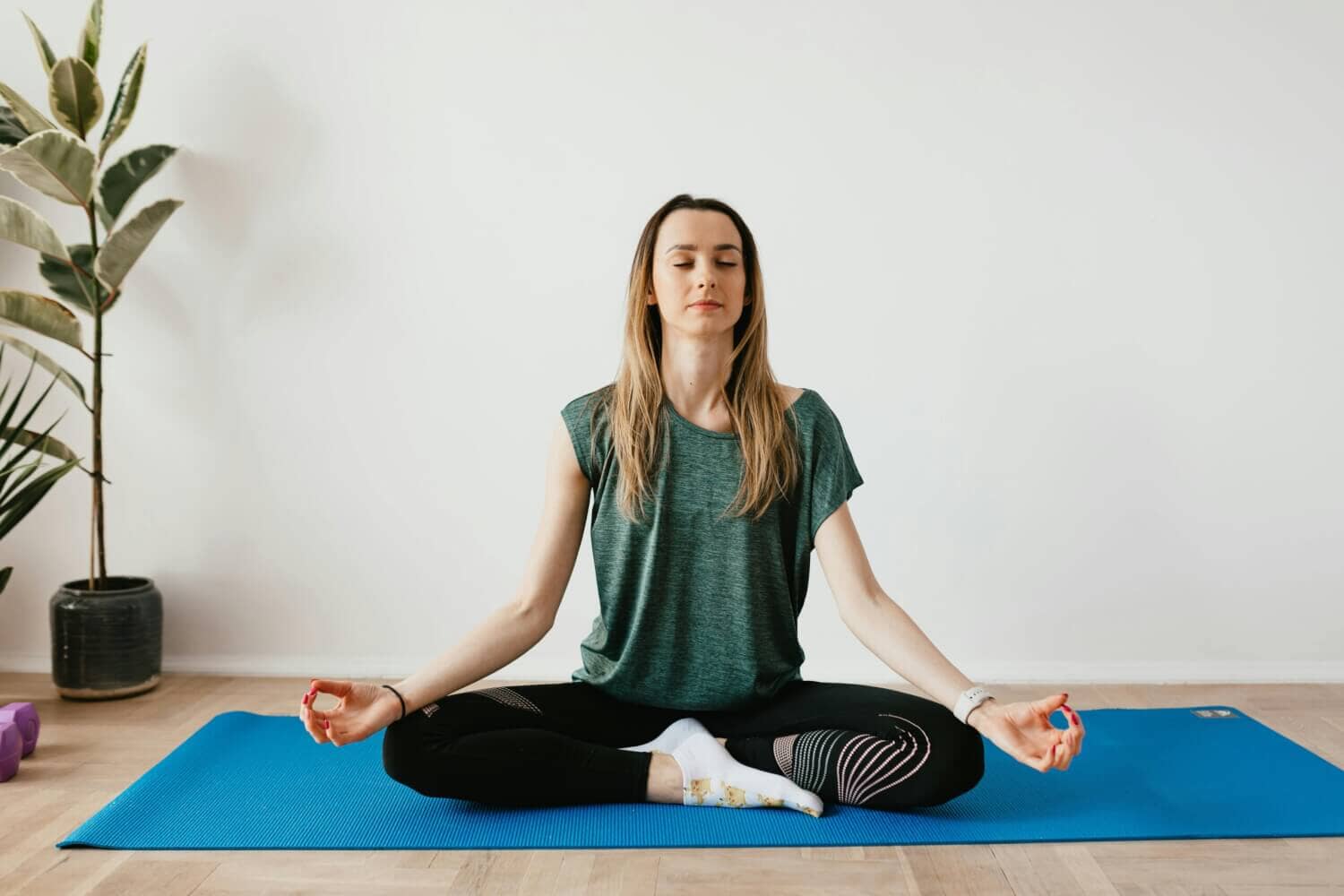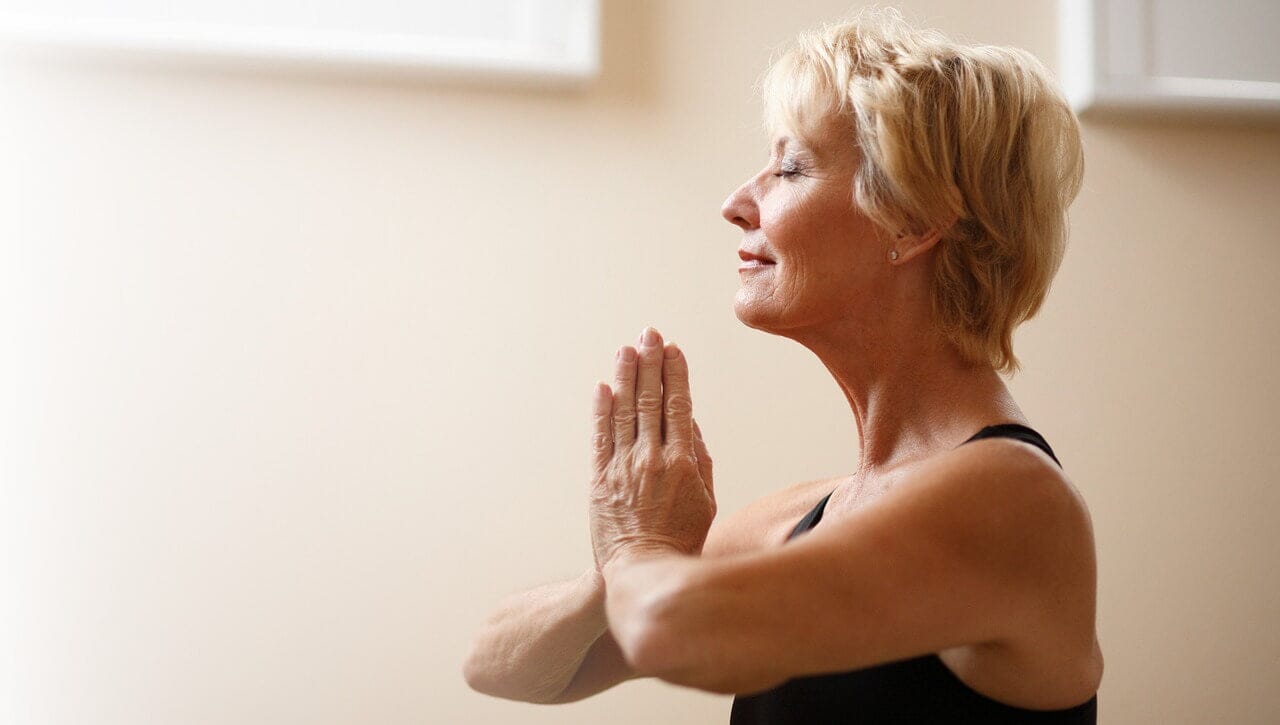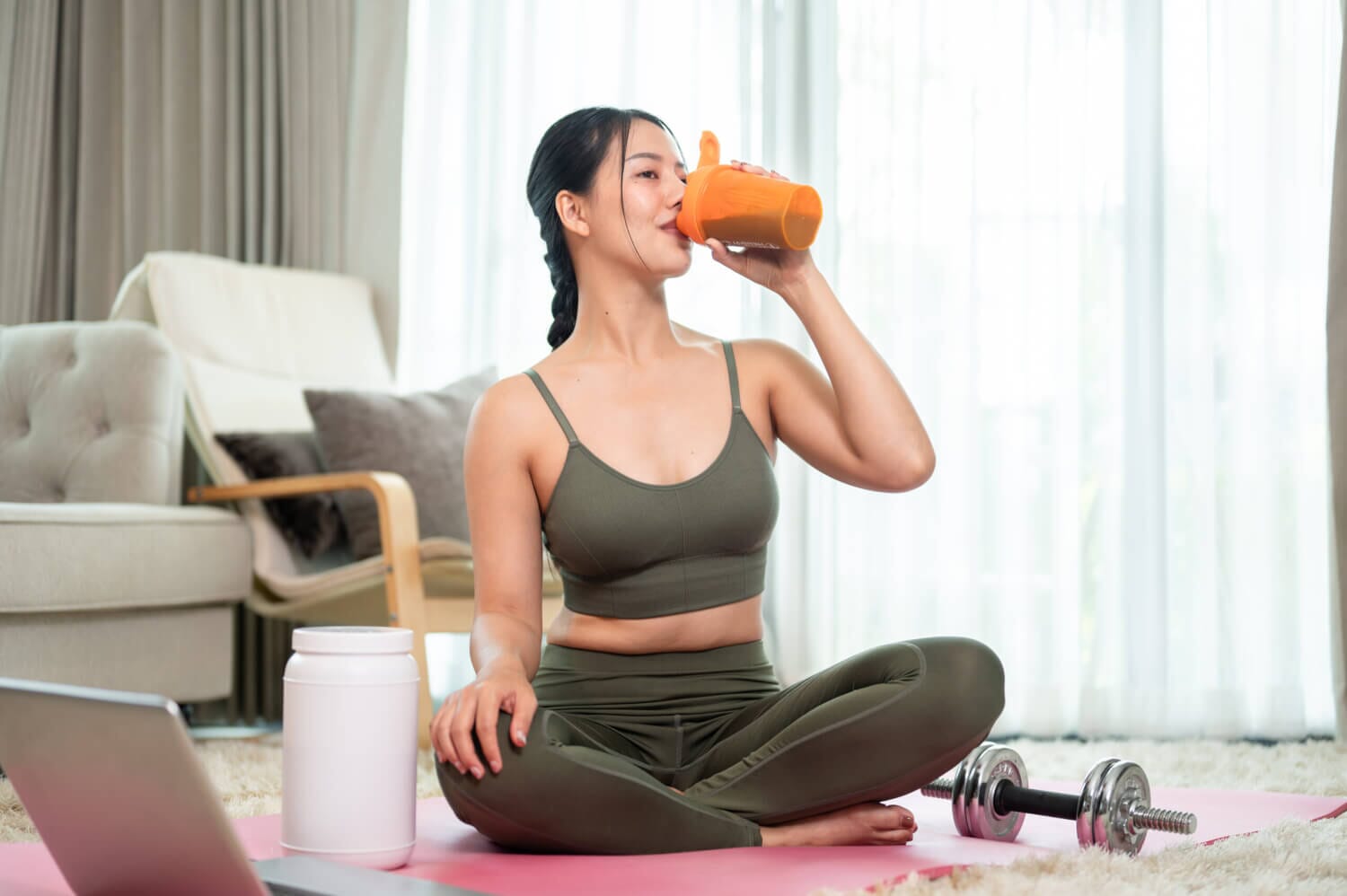Benefits of meditation and effects on parent-child bonding
More and more people are incorporating meditation into their daily lives. The benefits are obvious, so it's worth giving it a try. Regular meditation isn't just a wonderful way for adults to connect with themselves, calm the mind, and receive new ideas – children also love the inner peace and tranquility that can come from children's meditation. If you have children of your own and want to enjoy harmonious family time and strengthen your parent-child bond, be sure to read the tips in this article.
Meditation and its effects on the family and parent-child bond
If you've already tried meditation, you know it has many benefits. Of course, that's also true when mom and dad meditate.
They feel more relaxed, calm, and creative. This automatically affects the children.
When adults are connected to themselves, they radiate more calm , which has a positive effect on interpersonal relationships within the family.
If children can organize their thoughts well and recognize their own feelings , this has a positive impact on the parent-child bond. Children also learn to name their emotions and feelings and deal with them meaningfully.
Shared meditative activities can promote cohesion among family members and strengthen feelings of love, joy and connection.
Why are children's meditations so important?
The earlier children begin meditating, the easier it is for them to maintain a connection with themselves. Perhaps you yourself experience the constant distraction caused by intense external stimuli. Your own voice is barely heard, and this has a profound impact on your life and family dynamics.
However, if children learn from an early age to sit on their own meditation cushion daily or regularly and sink deeply into themselves, this has a positive effect on their own thoughts and feelings . Family life becomes significantly calmer and more relaxed with well-balanced children and adults.
Your breathing and your system can be calmed through deep, focused breathing . This also has a beneficial effect on your well-being. If you're anxious about exams, for example, it's crucial to sit down for a moment beforehand, breathe deeply, and let your insecurities pass.
If your child has difficulty concentrating , soothing meditation exercises can be helpful. Studies show that meditation improves concentration and thus reduces the stress of doing homework.
Children suffering from headaches, stomach problems, or tension often find relief by regularly sitting on the cushion and meditating. If symptoms persist or are otherwise unusual, be sure to consult a doctor.
What do you need to consider when meditating with children?
There are some important tips that make getting started with meditation much easier.
1. Duration of meditation
Remember that a child obviously can't sit still as long as an adult. Therefore, you should only plan a few minutes for meditation time. Depending on the child's age, this could be five minutes, for example. If the child is very young, try two or three minutes. Afterward, you can try another meditation activity together.
2. Quiet place
To help your child truly unwind, it's important that you provide a quiet space. It's best if you and your child set up a spot in your apartment or house that's just for meditation. This will help them focus during the meditation practice.
Pay attention to:
no distractions (no TV, no cell phone, etc.)
gentle music that relaxes
If there is street noise, close the windows and ventilate beforehand instead (fresh air is very important)
Make important, essential to-dos in advance so that your offspring can let go more easily
3. Be a role model
Children learn by watching, so if you meditate regularly, it will be much easier for your child to get started. Therefore, you can experiment a little yourself and gradually involve your child in the meditation practice. This is how your meditation routine can develop.
4. Talk openly about what you are doing now
To help your child feel safe, you should be clear about what you're about to do. Explain what changes will occur through meditation and the exact process. This way, your child can feel comfortable and look forward to spending time together.
Which meditations are suitable for children?
Children tend to get bored very quickly, so you have to come up with some ideas to achieve the necessary relaxation through meditation.
1. When boring sitting still doesn't work...
There are kids who can barely sit still without doing something, and that's perfectly fine—they can meditate too. It requires a little more creativity and some ideas for effective games.
You have several options:
You can sit down with the child , if this brings about improvement, and listen to a gentle meditation or sounds.
You can try movement meditation with your children while walking or running in nature .
With children, meditation should always be fun and enjoyable, so it's worth taking a playful approach. Mandalas are a good idea, for example, and are often a good alternative to mindless sitting still, even for very active children. Print out a mandala or buy a mandala book and have some pencils ready. When your child starts coloring the individual shapes, a state of relaxation will automatically occur. You can choose other images; they don't necessarily have to be mandalas. While you both color, you can listen to gentle music or enjoy the silence.
In addition, other craft activities can have a meditative effect on older children and strengthen mindfulness, such as crocheting, knitting, doing puzzles, etc.
Meditation with stones from the forest or garden : For this, you find lots of stones and sit in a quiet place. There, your child can feel the stones and ask themselves questions like: What shape is the stone? How does it feel? This mindfulness exercise ensures that your child is fully focused on the moment and can let go of the carousel of thoughts in their head.
2. Fantasy journeys
If your child prefers to relax without any active activity, you can guide them through a guided fantasy journey or play a meditation journey from the internet. Active listening helps your child focus on the here and now and let other thoughts drift away. If the instructions are accompanied by calming music, relaxation can be even more pronounced—especially if you're lying on a comfortable mat . Afterwards, you can discuss your experiences and share your observations.
The advantage of this practice is that with a little practice, kids can let go more and more. It also promotes creativity, mindful listening, and a sense of connection within the family (when everyone listens to the story together).
If your child wants a little variety, special children's meditations are perfect for promoting peace of mind, learning self-love, and relaxing more.
In this context, you should make sure that the child learns to breathe deeply through a shared breathing practice.
Do you meditate with your children? If so, what are your favorite routines and how has this impacted family life?
















